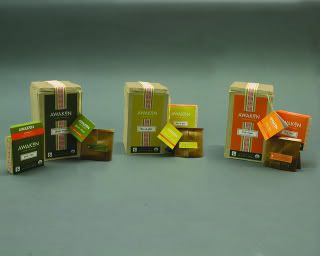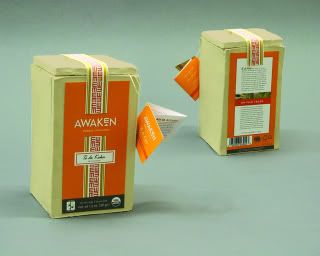We've been assigned to comment on this article, with a requirement to answer 4 questions in the process. The article is about teaching sustainability in design schools and what are the challenges that arise.
School administrations, as well as professors and student body, don't welcome change. Surprisingly enough, the design community does not stand out for being more active in the pursuit of a sustainable way of living. We don't want our consumption patterns to shift. The teaching of sustainability is also hampered by the fact that the change needs to come in at individual, collective, national, transnational and global levels, as well as rural, urban and biospheric. The author also speaks of a lack of significant long term design research and theoretical frameworks needed to explore how our interaction with the natural world influences aesthetics, form, meaning and organization. Sustainability also suffers from an image problem, which is pretty apparent to all of us. If I have to see another sans serif lowercase brand printed light green on recycled paper I think I'm gonna throw up. Joel Towers believes sustainability needs to be perceived as integral to our future and hip. I agree mostly with the former. The latter seems to have been tackled and now I feel we need to move forward towards more widespread awareness of the issues at hand.
After stating all these challenges, the author procedes to say that these changes wouldn't be that hard to apply. He believes a combination of project assignments that nurture sensitivity to modes of production, energy flow and material selection -as well as waste reduction and redefinition- can all be incorporated into existing design programs with little to no impact on teaching methods or on the structures of established curricula.
Mr. Towers believes design has the capacity to explore and explain complex systems and to catalyze change through storytelling and by the production of alternative possibilities, therefore having a leading role in changing the way we think about the world.
In terms of requirements for this changes to take place, it is important to gain broad social engagement, enforce collaboration and use transdisciplinary teaching structures. Also to seek out knowledge well beyond isolated professional disciplines or "best practice" models. The challenge becomes teaching the students the skills they need to excel in the marketplace while giving them the knowledge they need to remake that very marketplace. Teachers need to move away from traditional models of delivering knowledge and start focusing on teaching students how to continually learn new skills and gain knowledge to solve the problems they encounter, even if that means thinking outside the realm of graphic design.


















